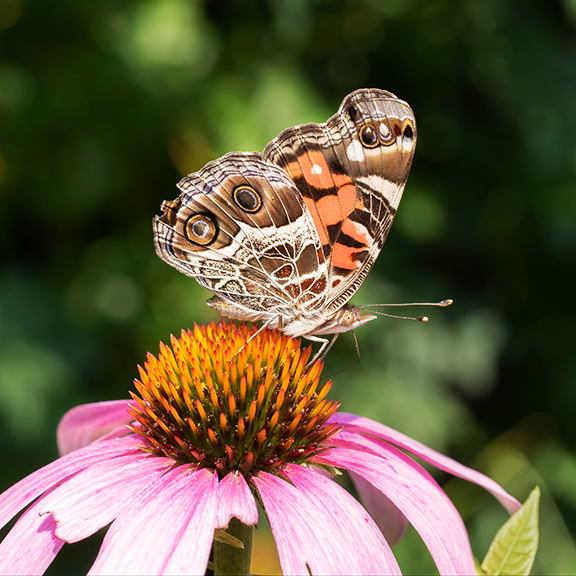I’ve had onion starts in the ground about two weeks, growing yellow and Texas sweets this year. About to transplant cantaloupe, watermelon, and eggplants outside!
Edit cause all y’all are talking about perennials, my Fuyu persimmon is leafing out and my Mexican plum is covered in white flowers and buzzing with native insects!








While I’ve largely given up on the invasive species fight, I still think it’s important to not plant virulently invasive plants. Jerusalem artichoke is one of those plants that’ll take over your whole garden and beyond, and you probably shouldn’t plant it in-ground in an area where it’s invasive. Even native plants can sometimes be the wrong thing to plant if they’re not in the right place. I’m dealive with some willow-leaf aster that’s native to my area that I just can’t eliminate from a raised bed. I thought it’d look pretty in there, but turns out it sends up shoots everywhere and the tiniest bit of root creates a new plant
All that said, I’ve been planting things native to hotter and dryer areas to the south and west of where I live. I also look around at invasive species and realize the fight is hopeless. Chinabarry, ligustrum, and paper mulberry are everywhere, crowding out our native oaks. I did a volunteer project where we cleared ligustrum from a creek bed, and two years later it’s all back, new growth from seed. The manpower required to stop it is not realistic for most places.